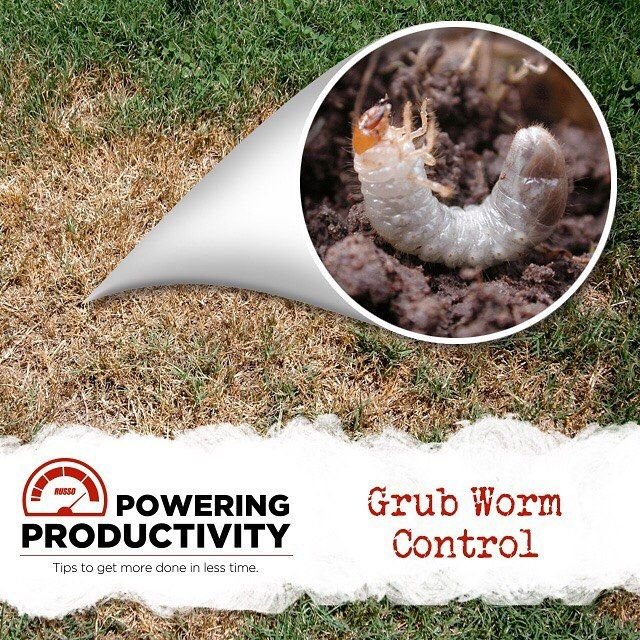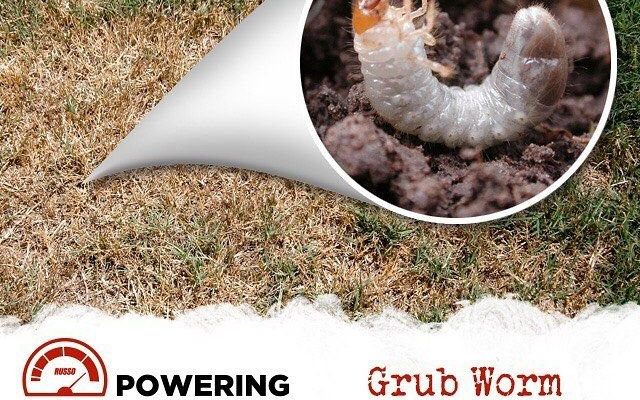
Imagine you’re at a party, and someone keeps eating all the snacks. At first, it’s not a big deal, but over time, the snacks start disappearing, and people get upset. That’s basically what happens with grubs in your lawn. If you have a healthy, robust lawn, it might withstand a few grubs. But if it’s already struggling, even a minor grub invasion can lead to disaster. Let’s dive into understanding grub worm tolerance levels and how they affect your lawn’s health.
What Are Grubs and Why Should You Care?
Grubs are the immature stage of several beetle species, most commonly the Japanese beetle and the June beetle. They live underground and consume the roots of grass, which can lead to significant damage if their population gets too high. You might be thinking, “Why should I care about a few little worms in my lawn?” Well, here’s the thing: a healthy lawn can tolerate some grub activity, but when their numbers swell, your grass might start to suffer.
Grubs thrive in warmer months, often laying their eggs in summer. The larvae hatch and start feeding on the roots, which can lead to wilting grass, brown patches, and an overall unhealthy lawn. If you notice your lawn has dead spots, it might be time to assess your grub situation. Taking care of grubs early can save you from more extensive—and more costly—repairs down the road.
Understanding Tolerance Levels
Every lawn has a different level of tolerance when it comes to grubs. Factors like grass type, soil health, and overall lawn management play a huge role in determining how much grub activity your lawn can handle without showing signs of damage.
For example, a lawn made up of resilient grasses like Kentucky bluegrass or tall fescue may be more tolerant of mild grub infestations compared to a lawn with weaker varieties of grass. A strong root system helps the plants recover quicker and can sustain some levels of grub damage without significant visible effects.
So, how can you tell if your lawn is on the more tolerant side? Look for signs of general health: deep green color, a dense stand of grass, and robust root development all point to a lawn that might weather a grub problem better than one that is thin and patchy.
Signs of Grub Damage
Identifying grub damage early can make a world of difference in how you manage your lawn. Here are some common signs that your lawn might be dealing with more grubs than it can handle:
- Brown patches: These often appear in irregular shapes and can feel spongy to the touch.
- Active animals: If you notice birds or raccoons digging in your yard, they might be searching for grubs.
- Easy grass pull: If the grass comes up easily, it may be that the roots have been severed by hungry grubs.
By keeping an eye out for these indicators, you can take action before things get out of hand. If you’re seeing brown patches spreading, it’s like a warning light on your car dashboard—time to check under the hood!
Managing Grub Levels
So, what do you do if you find out your lawn has more grubs than it can handle? Luckily, there are several management techniques that can help you keep those pesky larvae in check.
First, consider cultural practices that promote a healthy lawn, like proper watering and fertilization. Strong grass roots can outcompete grubs, so healthy soil and adequate nutrients are key. You’ll also want to maintain proper mowing heights; taller grass can better shade the soil and deter beetles from laying eggs.
If your grub problem persists, you might need to resort to more direct methods, like applying beneficial nematodes or using chemical treatments. Nematodes are microscopic worms that hunt down and kill grubs, acting as a natural pesticide. If you go the chemical route, make sure to follow the label instructions carefully to minimize any potential harm to beneficial insects.
When to Take Action
Knowing when to take action against grubs is crucial. Ideally, you should monitor your lawn throughout the summer and take preventative measures before they become a significant issue.
If you notice the signs of grub damage, it’s time to act. Early detection in late summer can help in applying treatments when the grubs are still young and vulnerable. Also, consider doing a soil test. Healthy soil promotes a vigorous lawn that can withstand some grub activity, making it less likely that you’ll need to intervene.
Timing is everything! If you treat your lawn when grubs are small, you can significantly reduce their population and lessening the toll they take on your grass.
Preventing Future Infestations
Once you’ve dealt with a grub problem, the next step is ensuring it doesn’t happen again. Here are some proactive steps to help minimize your chances of future infestations:
- Maintain lawn health: Regular watering, fertilizing, and aerating your lawn can keep it robust and able to better withstand pest pressures.
- Natural predators: Encourage beneficial insects and wildlife that prey on grubs, like birds and certain beetles, to take up residence in your garden.
- Monitor regularly: Keep an eye on your lawn’s health throughout the growing season. Early detection is key!
By adopting these practices, you can create a more resilient lawn. It’s all about giving your grass the best chance to thrive while keeping pests at bay.
Grub worm tolerance levels are an essential consideration in lawn maintenance. Understanding how much damage your lawn can handle is crucial when deciding on the best management practices. With the right strategies in place, you can minimize grub damage and promote a thriving lawn.
Don’t forget to take a holistic approach to lawn care. A healthy lawn is your best defense against grubs and other pests. By paying attention to soil health and grass type, you’re not just fighting grubs; you’re creating a beautiful green space that can weather many challenges. Remember, a happy lawn is a healthy lawn!

